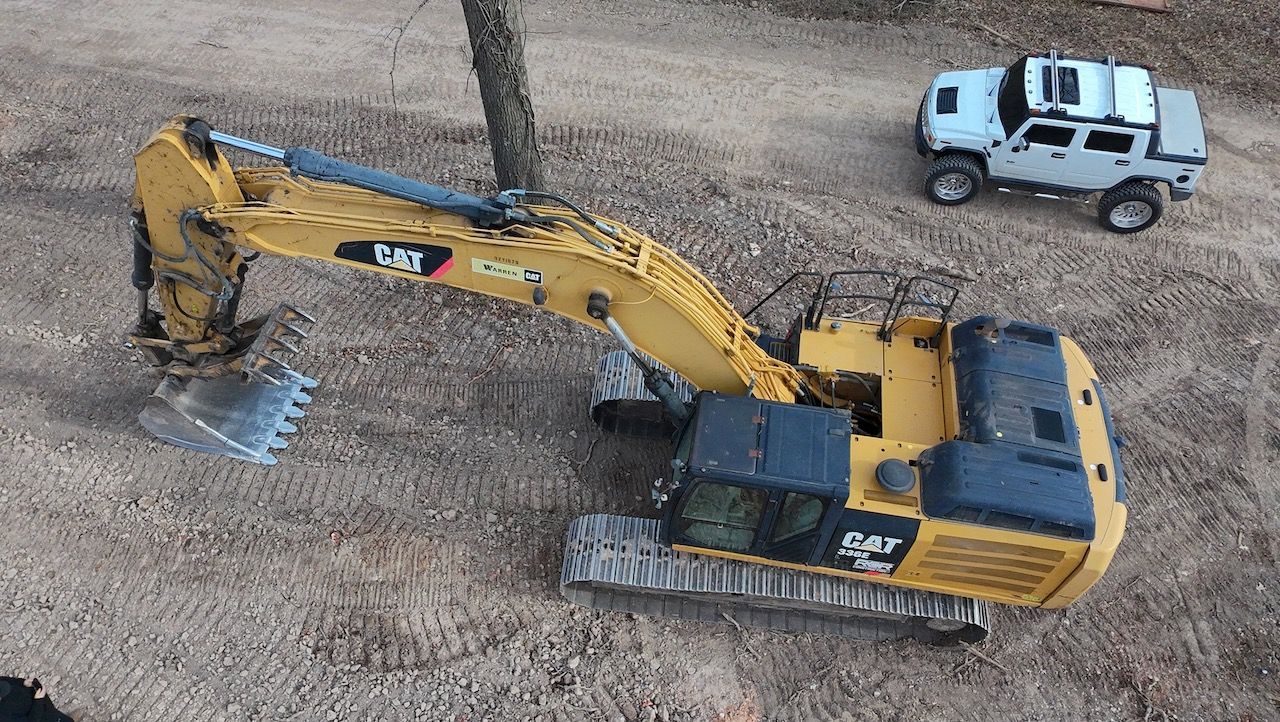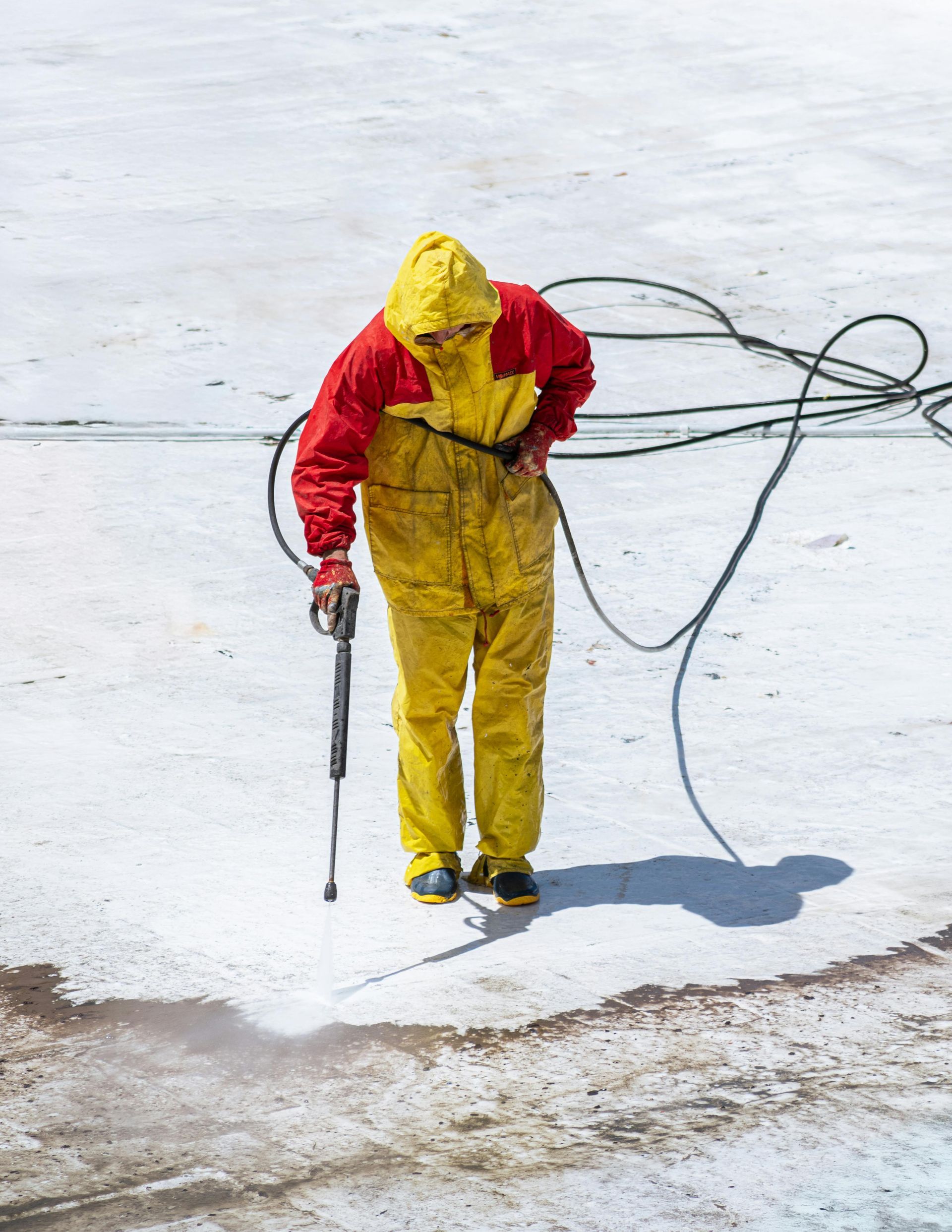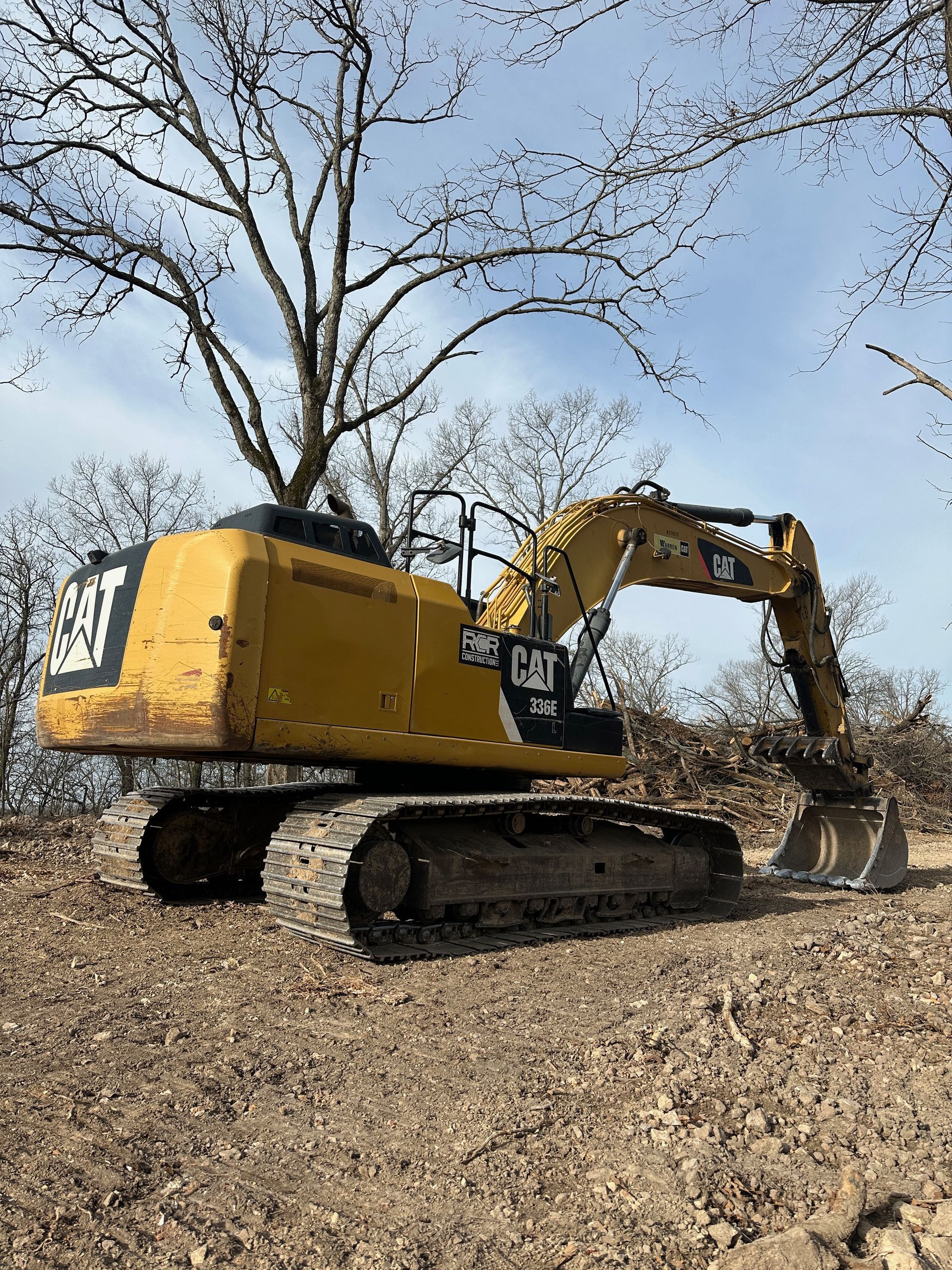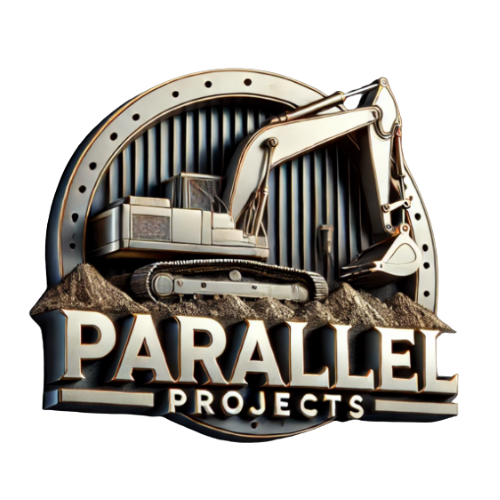The Complete Guide to Land Clearing: Costs, Permits & What to Expect
Land Clearing Services: Costs, Permits, and What to Expect in 2025

✅ Introduction
Clearing raw land is the first major step in most construction or land improvement projects. Whether you're prepping for a new home, a driveway, or just cleaning up overgrowth, professional land clearing sets the stage.
In this guide, we’ll walk you through:
- The types of land clearing services
- What affects pricing
- Permits & local requirements
- Our process at Parallel Projects
🌲 Types of Land Clearing Methods
There are a few main ways to clear land, and the right method depends on your property’s size, vegetation, and goals.
1. Forestry Mulching
- Great for selective clearing
- Grinds brush/trees into mulch
- No hauling or burning required
2. Excavation & Bulldozing
- Used for complete clearing and leveling
- Best for site prep or large plots
- Removes roots, stumps, and debris
3. Hand Clearing
- Ideal for small, precise jobs
- Often used near structures or fences
💰 Land Clearing Costs
Pricing can vary based on:
- Acreage or square footage
- Tree density & brush thickness
- Slope of the land
- Access for equipment
- Disposal needs (burning, hauling, mulching)
Estimated Ranges:
- Small lots (¼ acre): $800 – $2,000
- Medium (½–1 acre): $2,000 – $5,000
- Large or wooded: $5,000+
We offer free estimates and will walk the site with you to give a clear breakdown.
📸 Image Suggestion:
📑 Do You Need a Permit to Clear Land?
In many counties and municipalities, permits are required for land clearing—especially if trees are removed or erosion control is needed.
We help our clients by:
- Checking local codes
- Handling the permit process if needed
- Ensuring environmental compliance
🚜 How Parallel Projects Handles Land Clearing
Here’s what working with us looks like:
- Free On-Site Visit
We walk the property, understand your goals, and offer a no-pressure quote. - Permit Check & Scheduling
We handle local requirements and schedule the job. - Clearing & Disposal
Using professional equipment, we clear the land efficiently and responsibly. - Final Cleanup
We leave the site smooth, clean, and ready for grading, building, or seeding.
📣 Ready to Clear Your Land?
Don’t risk delays, drainage issues, or poor results from DIY or unqualified work.
👉
Contact Parallel Projects today for a free estimate.
We’re local, insured, and fully equipped to handle any land clearing job in [City/County Name].
[Request a Quote Button]
[Phone Number]
[Link to Contact Page]


